Results
-
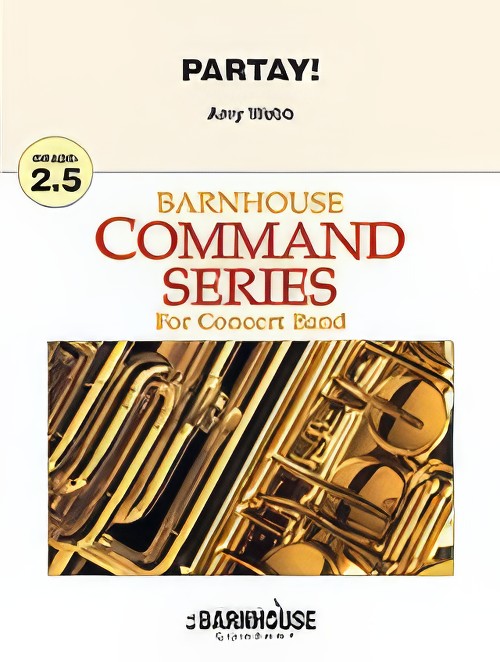 £65.00
£65.00Partay! (Concert Band - Score and Parts) - Webb, Amy
Partay! is a soca/calypso piece with a festive beat and challenging rhythms that will have your audiences clapping their hands and tapping their toes! While somewhat difficult looking on paper, once the students get the hang of the feel and groove of the music, they'll have it put together in no time! Duration: 2.30
Estimated dispatch 7-14 working days
-
 £98.00
£98.00Milonga del Angel (Clarinet, Soprano Saxophone and Trombone Trio with Concert Band - Score and Parts) - Piazzolla, Astor - Olsrud, Sverre Stakston
This arrangement was made after hearing Astor Piazzolla s 1986 recording of his own work written in 1965. The original instrumentation of bandoneon, violin and string bass is here arranged for three wind soloists with Concert Band. The Soprano Sax is the main soloist (filling the bandoneon role), while the trombone and clarinet shares the violin part as a kind of flirting undertone to the soprano saxophone. It s not possible to make a 100% correct notation of the solo parts, so it s recommended to listen to the record album Zero Hour from 1986 to get the best impression of the work. Enjoy Milonga Del Angel and imagine a small, dark cafe in Buenos Aires!
Estimated dispatch 7-14 working days
-
 £65.00
£65.00Arte Del Tango (Concert Band - Score and Parts) - Shanley, Steve
Written in the tango nuevo style, a genre that infuses elements of jazz and classical music into the traditional Argentinian tango, Arte Del Tango is a combination of a traditional tango accompaniment, haunting melodies, and jazz-inspired harmonies. Both musicians and audience will get to experience the power and passion of one of South America's most popular dance and musical styles! Duration: 3.00
Estimated dispatch 7-14 working days
-
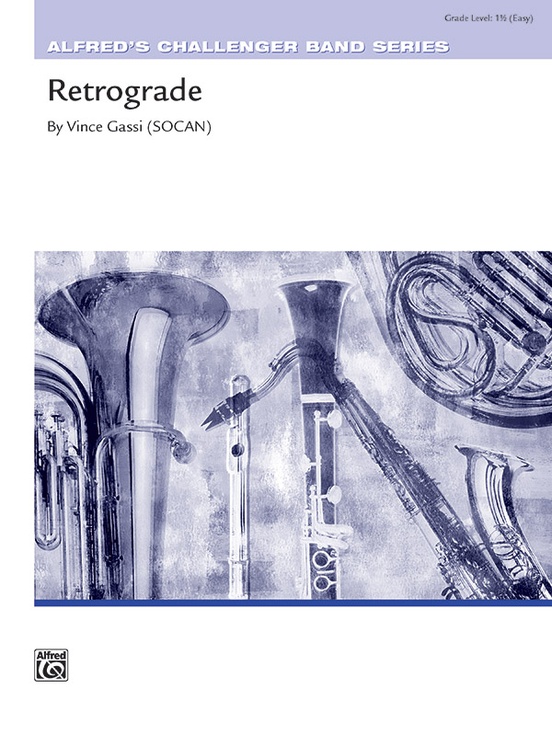 £53.95
£53.95Retrograde (Concert Band - Score and Parts) - Gassi, Vince
Add one part catchy rhythm, two parts tuneful theme, a pinch of cilantro mixed with slow-simmered sweet onions and... oh sorry, wrong recipe. At any rate, not only is this piece fun to play, but your students will also love the additional challenge of discovering as many retrograde pitches and rhythms as possible, both in their own part and between parts. We don't even know how many there are! It's even more fun than Where's Waldo. Now get cookin', with Vince Gassi's Retrograde! Duration: 2.45
Estimated dispatch 7-14 working days
-
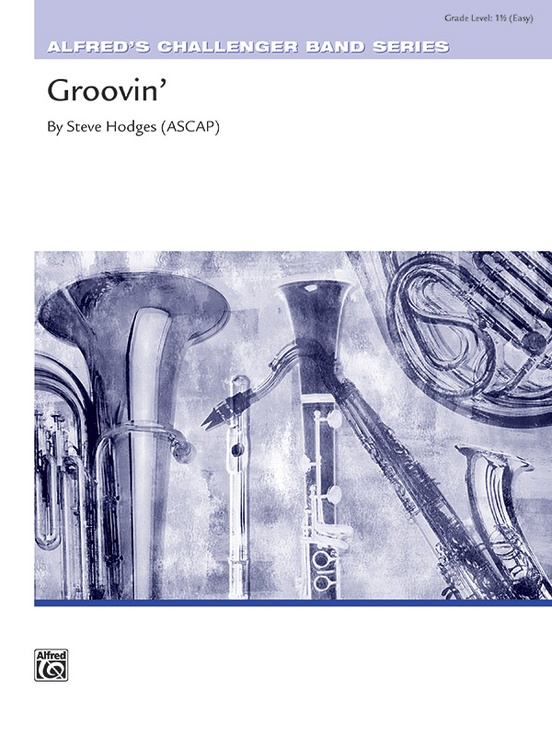 £53.95
£53.95Groovin' (Concert Band - Score and Parts) - Hodges, Steve
Fingers will be snapping with this cool piece by Steve Hodges. Groovin' features a walking bass line and jazz drum patterns that provide a strong foundation for the catchy melodies and jazz articulations. The drummers will love the short fills and interplay with the rest of the band throughout. A great opportunity for the young concert band to get their groove on with this fun jazz piece! Duration: 2.15
Estimated dispatch 7-14 working days
-
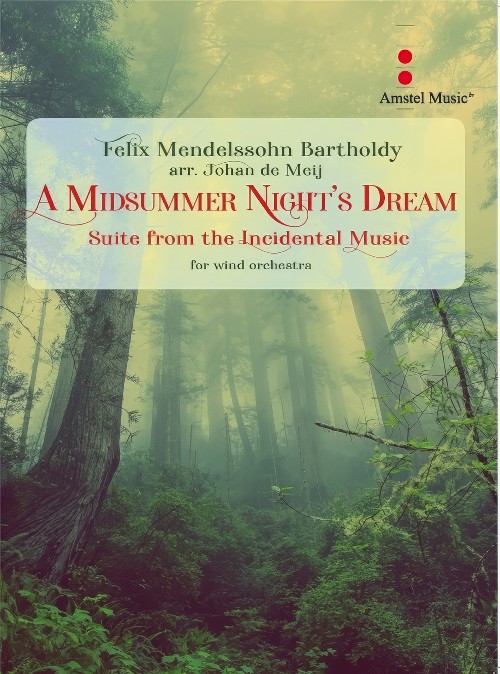 £156.00
£156.00A Midsummer Night's Dream (Concert Band - Score and Parts) - Mendelssohn, Felix - De Meij, Johan
Suite from the Incidental Music. Felix Mendelssohn Bartholdy (1809 - 1847) composed the music for William Shakespeare's play A Midsummer Night's Dream at two different times. In 1826, at the age of 16, he wrote a concert overture (Op. 21). Sixteen years later, in 1842, he composed the incidental music (opus 61) for King Frederick William IV of Prussia, in which he incorporated the existing overture. The overture premiered in Stettin (then in Prussia, now Szczecin, Poland) on February 20, 1827, conducted by Carl Loewe. Mendelssohn had to travel 80 miles through a raging snowstorm to get to the concert, which became his first public appearance. The first British performance of the overture was conducted by Mendelssohn himself on June 24, 1829, at the Argyll Rooms in London. After the concert, Thomas Attwood was given the score of the overture for safekeeping, but left it in a taxi and was never found. Mendelssohn later rewrote the overture entirely from memory.Duration: 14.45
Estimated dispatch 7-14 working days
-
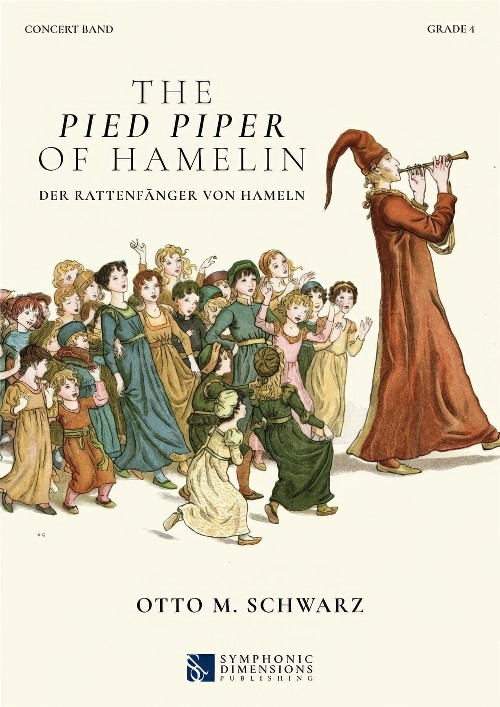 £163.99
£163.99The Pied Piper of Hamelin (Concert Band - Score and Parts) - Schwarz, Otto M.
Stories, sagas and legends--who among us don't know them? Always delivered with a tinge of brutality, these cautionary tales are a legacy of moral education from times past: inquisitive children alone in the forest are generally eaten by a witch; the 'Soup-Kasper' of Hoffmann's Struwwelpeter dies from starvation rather than eating his soup; anyone letting in strangers usually gets devoured; anyone who plays with matches gets burned; and thumb-suckers get their thumbs cut off. The list of unfortunate demises is almost endless.In the tale of The Pied Piper of Hamelin, parents lose their children through greed, ridicule, scorn and a failure to appreciate art. There is still a street in the town of Hamelin in which neither drumming nor playing has not been allowed since 130 children disappeared into a mountain, never to be seen again. This composition by Otto M. Schwarz opens with exactly this scene, taking us back to the year 1284. As in many towns at the time, Hamelin in Germany suffered with hygiene problems--rats and mice began to multiply rapidly, and the town was overrun with the plague. There appeared a man dressed in colourful clothes who promised the locals to free them from this burden. They agreed and settled on a fee. Then the man pulled out a pipe and began to play. When the rats and mice heard this, they followed him. He led the animals into the Weser River, where they all drowned. Back in town, the people refused to pay him. They didn't recognise this man's skills and knowledge and were only prepared to pay for simple labour. A pact with the devil was made, which led to the Pied Piper leaving the town in a furious rage. One Sunday, when many people were at church, he returned, took out his flute and began to play. The town's children were so enchanted by his playing that they followed him. He led them out of the town and disappeared with them forever into a mountain forever. Of all the children, only two survived--however one was mute, and one was blind. In the street from which the children left Hamelin, music may no longer be played in memory of this event. The work may be performed in two different versions: 1. Purely instrumental (without narrator)--the GPs (pauses) must be kept short 2. With narrator--he speaks in the GPs but not during the music.Duration: 14.15
Estimated dispatch 7-14 working days
-
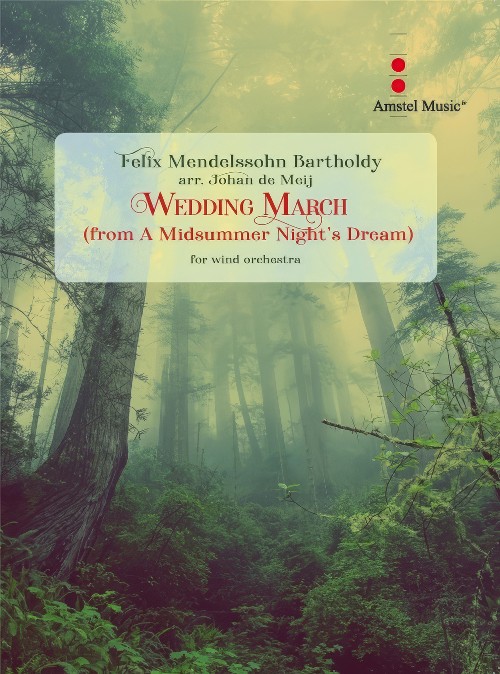 £68.00
£68.00Wedding March (from A Midsummer Night's Dream) (Concert Band - Score and Parts) - Mendelssohn, Felix - De Meij, Johan
Felix Mendelssohn Bartholdy (1809 - 1847) composed the music for William Shakespeare's play A Midsummer Night's Dream at two different times. In 1826, at the age of 16, he wrote a concert overture (Op. 21). Sixteen years later, in 1842, he composed the incidental music (opus 61) for King Frederick William IV of Prussia, in which he incorporated the existing overture. The overture premiered in Stettin (then in Prussia, now Szczecin, Poland) on February 20, 1827, conducted by Carl Loewe. Mendelssohn had to travel 80 miles through a raging snowstorm to get to the concert, which became his first public appearance. The interlude between the 4th and 5th acts of the incidental music is the famous Wedding March, Mendelssohn's most popular and most performed work. Duration: 4.30
Estimated dispatch 7-14 working days
-
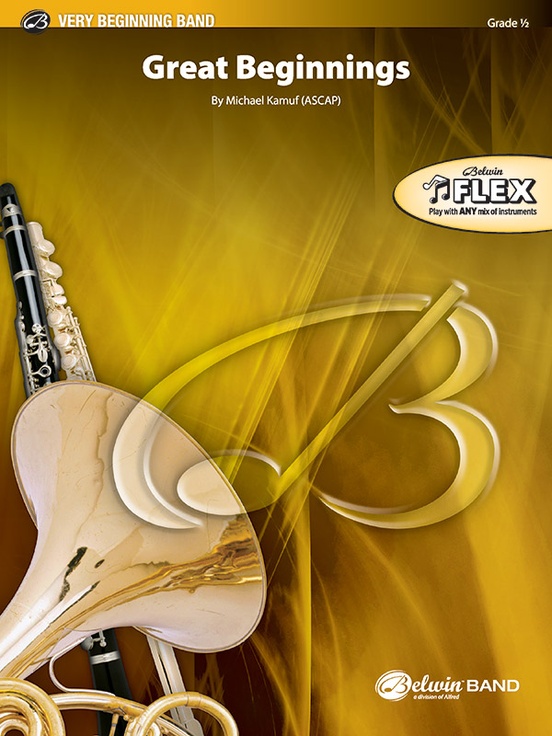 £53.95
£53.95Great Beginnings (Flexible Ensemble - Score and Parts) - Kamuf, Michael
This version of Great Beginnings by Michael Kamuf is designed with maximum flexibility for use by any mix of instruments: wind, strings, and percussion, including like or mixed-ensembles with as few as 4 players. The suggested instrumentation and a customisable Teacher Map will help you plan out how to best assign parts to suit your ensemble's needs. The 4-part instrumentation will support balanced instrumentation of the lower voices. It also comes with supplemental parts for maximum flexibility. With the purchase of this piece, permission is granted to photocopy the parts as needed for your ensemble. A percussion accompaniment track is also available as a free download. String parts have been carefully edited with extra fingerings and appropriate bowings to support students in mixed ensembles playing in less familiar keys. This energetic composition is the perfect opener or closer employing soaring melodies, rich harmonies, and driving rhythms. All instruments get an opportunity to play melodic material, and this piece is a great vehicle to introduce slurs and accents to your beginners. Duration: 2.00
Estimated dispatch 7-14 working days
-
 £51.50
£51.50Funky MacDonald (Flexible Ensemble - Score and Parts) - Fjermestad, Svein
Funky MacDonald is originally the second movement from a larger work called Jaeren. The piece is intended to describe the scenery at the south-western part of Norway called Jaeren - all with a little humorous twist. In this fresh arrangement, we meet the cool animals and the farmers living at Jren. In the melody, the middle parts (finally!) get a chance to shine. Together with a funky drum beat, the Old MacDonald has never been this funky!The composer has drawn inspiration from the old nursery rhyme Old MacDonald as well as music by James Brown, Deep Purple, Seagull by Bad Lip Reading and also the old band classic, Arctic Funk by Torstein Aagaard-Nilsen. A good mix for all tastes!Duration: 3.30
Estimated dispatch 7-14 working days
